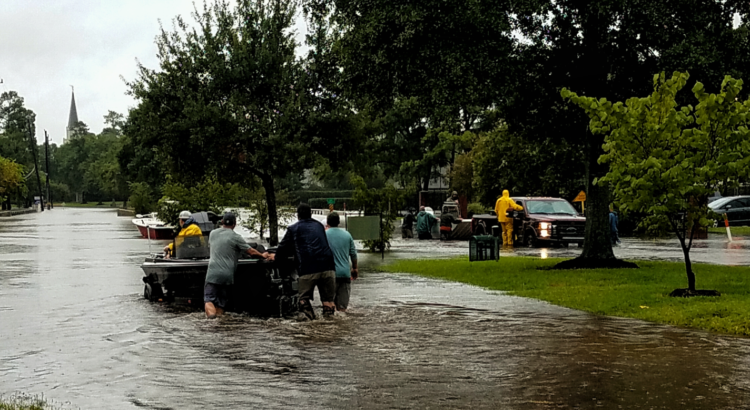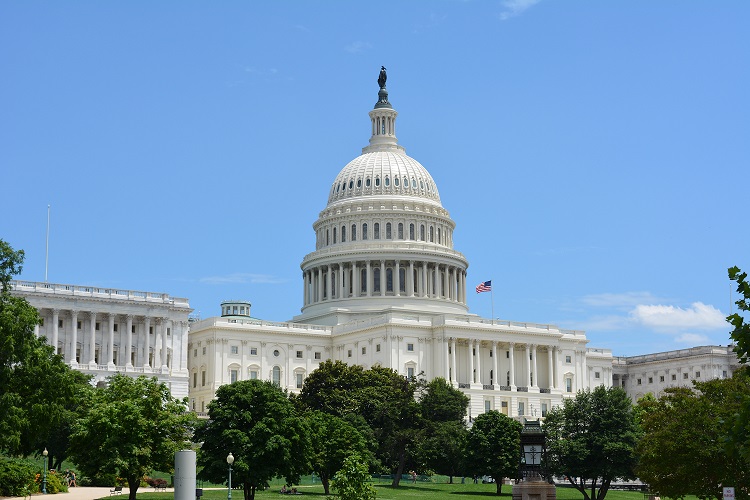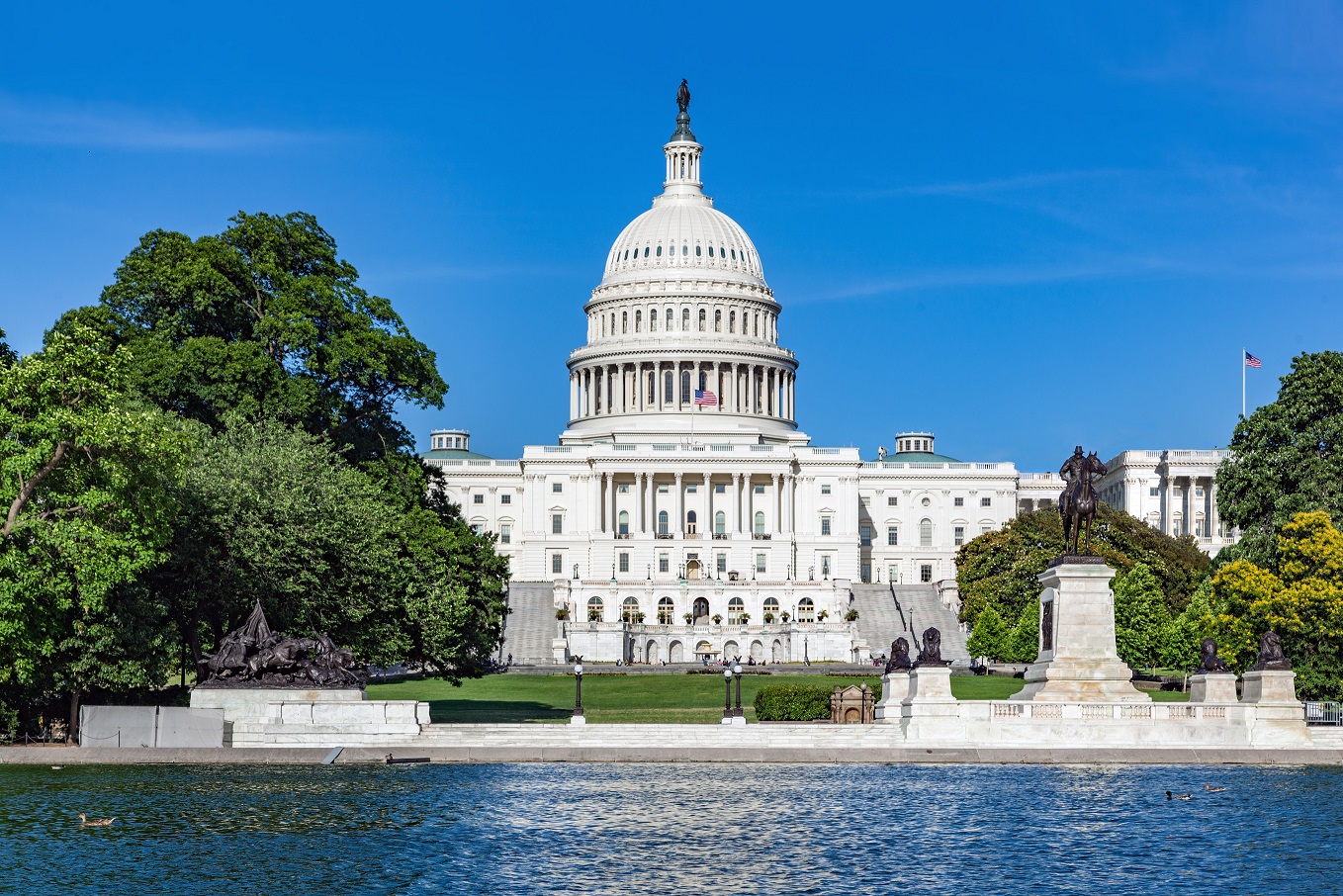
If you’ve been thinking about becoming a government contractor, this can be a great way to build your business and make it stronger. There are thousands of government contractor jobs available every year, but before you can bid on any of them, you must complete US federal contractor registration via the System for Award Management.
The System for Award Management (SAM) is the database that contains information about every active government contractor. You can complete SAM registration yourself or hire a third-party registration service to complete this process, such as Federal Contractor Registry.
People hire us because, while the government does not charge a fee for SAM registration, it is a complicated and time-consuming process. In fact, it can take 10 or more hours to complete, and many people give up in frustration and miss out on lucrative contracting opportunities. If you are having trouble or just want to avoid the frustration of SAM registration, give us a call and we will complete your registration as quickly as possible so that you are approved and ready to start bidding on contracts.
Whether you decide to complete SAM registration on your own or hire us, there are a few things to consider before you get started with US federal contractor registration, be sure to read through the following tips.
- Determine If You Are A Good Match For Government Contracting Jobs
Many people mistakenly believe that the government only needs services such as construction, clean-up or perhaps something related to the military or defense, but that’s not the case. The government spends billions of dollars each year on government contracts. The hire private sector companies to provide everything from appliance repair to zoological support.
The government needs paper, computers, cars, culinary services, security services, medical supplies, fencing, tree trimming janitorial services, repair services and much, much more. However, before you consider US federal contractor registration, take a look at Beta.SAM.gov to see if you are a good match for federal contracting jobs.
Beta.SAM.gov is the government-run search engine for government contracting opportunities. Once you get to the home page, there is a box that explains what you can do on this website and one of the top listings is “Contract Opportunities.” This used to be known as FedBizOpps or FBO.gov, but that has changed.
Click on this and then click on “Advanced Search.” From here, you can search using one or more parameters. We recommend using your North American Industry Classification System (NAICS) codes. These codes describe what goods or services your business provides. If you are not sure which codes apply to your business, go to https://www.census.gov/naics/.
You also can look using keywords. For instance, if you provide janitorial services, that could be the keyword. If you do HVAC repair, use that as a keyword, etc. You also can search using keywords and other parameters, such as location, place of performance, set aside and more. We will cover the term “set aside” in tip four.
At any rate, doing a quick search will help you see if you are a good match for government contracting. State governments also offer government contracting jobs, so don’t forget to check your state’s procurement system and consider bidding on state or county-level jobs, as well. You will need to complete SAM registration for state government jobs, as well, as state’s will ask you to provide your Commercial and Government Entity (CAGE) code when you sign up with the state procurement system.
You will receive your CAGE code after you have completed SAM registration and are approved by the Federal Service Desk. This is the agency in charge of the System for Award Management and all of its features.
- Don’t Start SAM Registration Without These Six Things!
In order to complete US federal contractor registration, you need to gather some information together. This includes the following:
- Employer Identification Number (EIN) – Located on your tax forms
- Physical Address of Your Company
- DUNS Number – Get one for free at https://www.dnb.com
- Business Bank Account Number
- NAICS Codes – We can help with this if you use us for SAM Registration
- Product Service Codes (PSCs) – We also will help with this
You will need the bank account number and routing number because the government agencies will pay you using this account. You also need to provide the actual physical address of your business and not a PO Box. The DUNS stands for Data Universal Numbering System. You might have already filed for one when you first opened your business, but you can check at the website listed above and sign up for one if you do not yet have a DUNS number.
Product Service Codes are similar to NAICS codes and describe your goods and services. You will need to know those codes (we can help) as well as all of these other pieces of information when you register for SAM or for your state procurement system.
- Don’t Forget About Your Notarized Letter Requirement
Several years ago, the government started asking all new registrants to provide a notarized letter identifying a company’s Entity Administrator. This is the person authorized to make changes to your SAM account.
You can find instructions for this letter at https://www.fsd.gov/gsafsd_sp?id=kb_article_view&sysparm_article=KB0016652&sys_kb_id=df025fd01b9d3cd42fe5ed7ae54bcb2c&spa=1. If you scroll about halfway down the page, you will see links to three templates. Most people will simply need to follow the instructions provided under Template 1.
Be sure to complete this letter, get it notarized and send it in as soon as possible. This is a requirement for SAM registration, and in the past, failure to send in this letter, would keep you from attaining SAM registration approval. While that is no longer the case, it is required and failing to send it in could alter your SAM status from active to inactive, which means that no government entity can do business with you.
- Small Business? Sign Up With SBA Now
The Small Business Administration (SBA) offers a great deal of support for small businesses. They can help with loans and provide support to help you manage and grow your business. They also help with government contracting for small businesses.
The United States government (and many state governments) set aside a portion of all of their government contracting jobs for small businesses. The SBA has created several categories of “set asides” and if you meet the criteria for the set asides, you might have an easier time earning a government contract. There are set asides for a woman-owned small business, a veteran-owned small business and several other categories as well as the 8(a) Business Development Program.
If you don’t meet a specific set aside category’s criteria, you can still attain small business status. Small businesses not only have certain contracts set aside for them, but owners of these businesses can also bid on any size contract or work with a large Prime Contractor. Prime Contractors often are required to use small businesses as subcontractors in order to win big government contracts. To see if you qualify as a small business or for any special set asides or 8a contracts, go to https://www.sba.gov/size-standards.
When it comes to comes to SAM registration, if you plan on completing your own registration, be prepared for a lengthy and sometimes frustrating process. Set aside a day or two just to complete your registration. Once this process is complete, the staff at the Federal Service Desk will review your application and either approve it or reject it. Typically, companies are rejected because there are mistakes on the SAM registration application, and you will need to correct these mistakes and resubmit the registration for approval.
If you prefer to hire someone else to complete your SAM registration, contact us at any time. We are US federal contractor registration experts, and we can complete your SAM registration quickly and accurately, so that you are eligible to bid on government contracts as soon as possible. To get started, just click on the green New Registration tab on our homepage and fill out our quick contact form.



